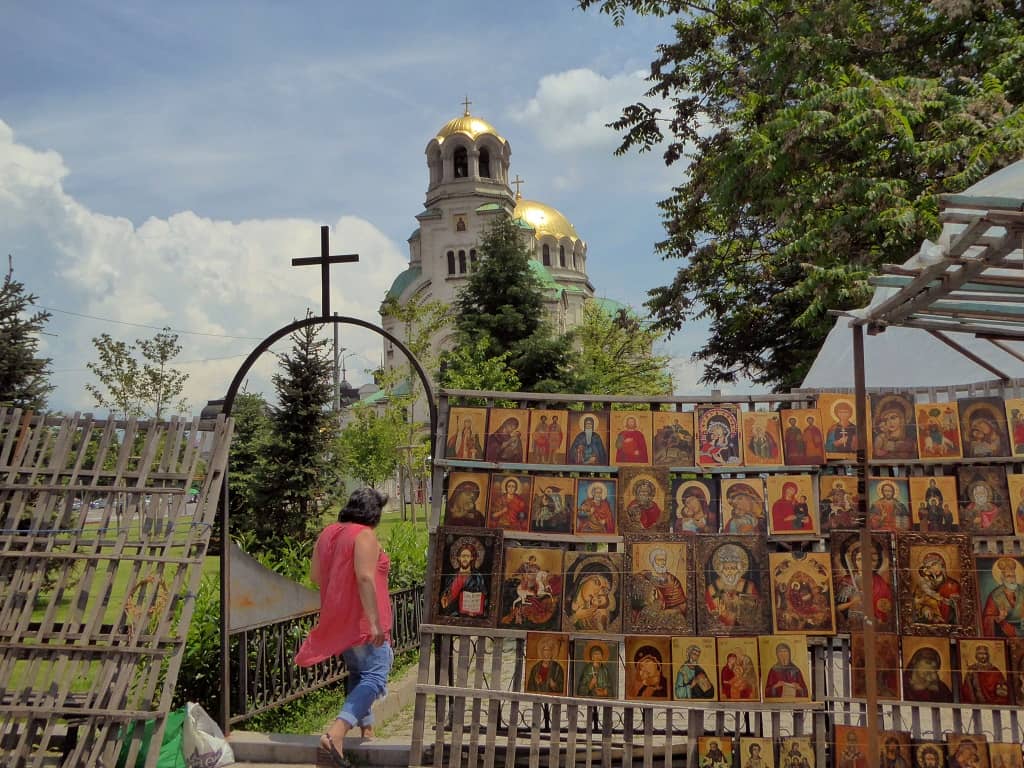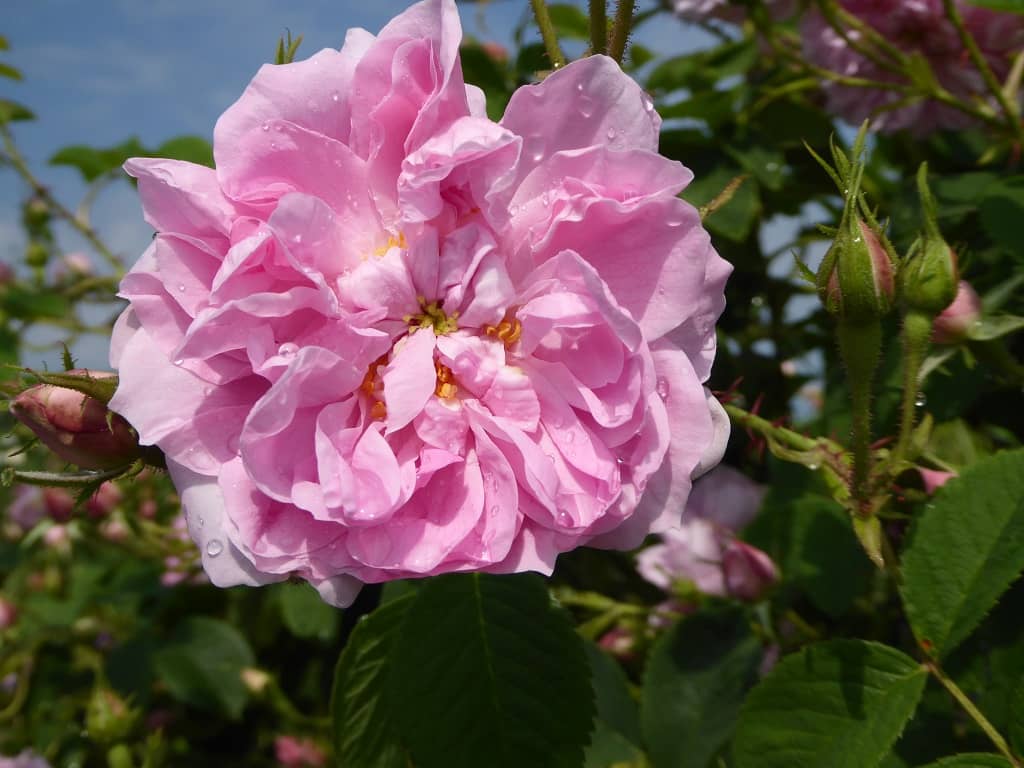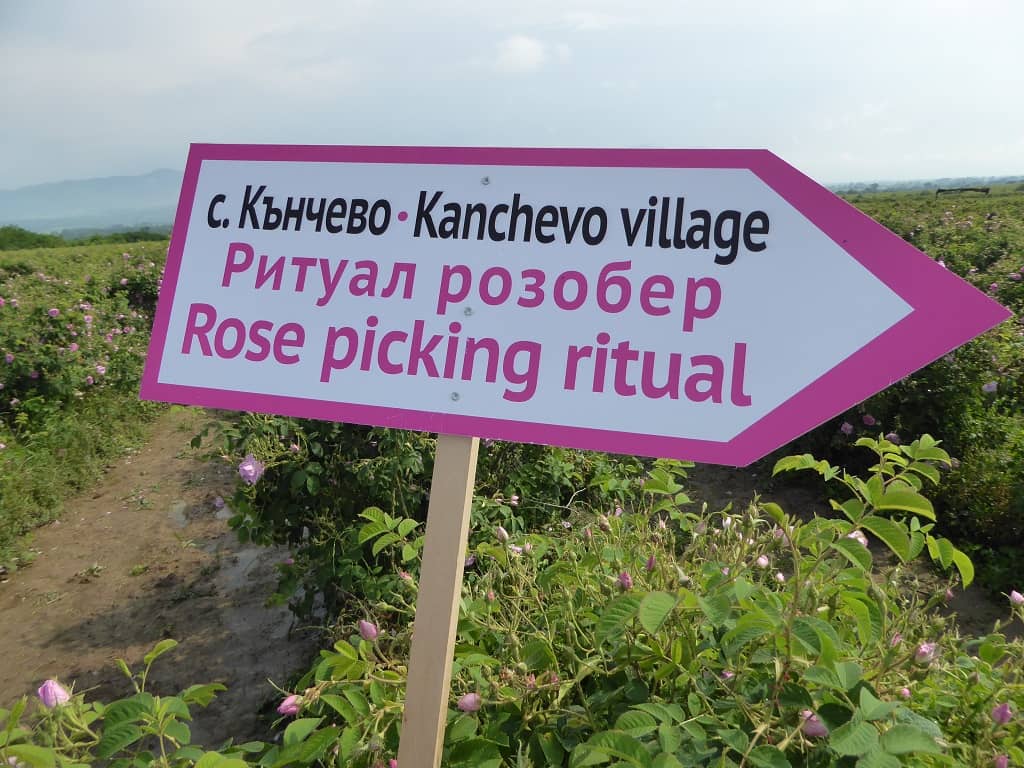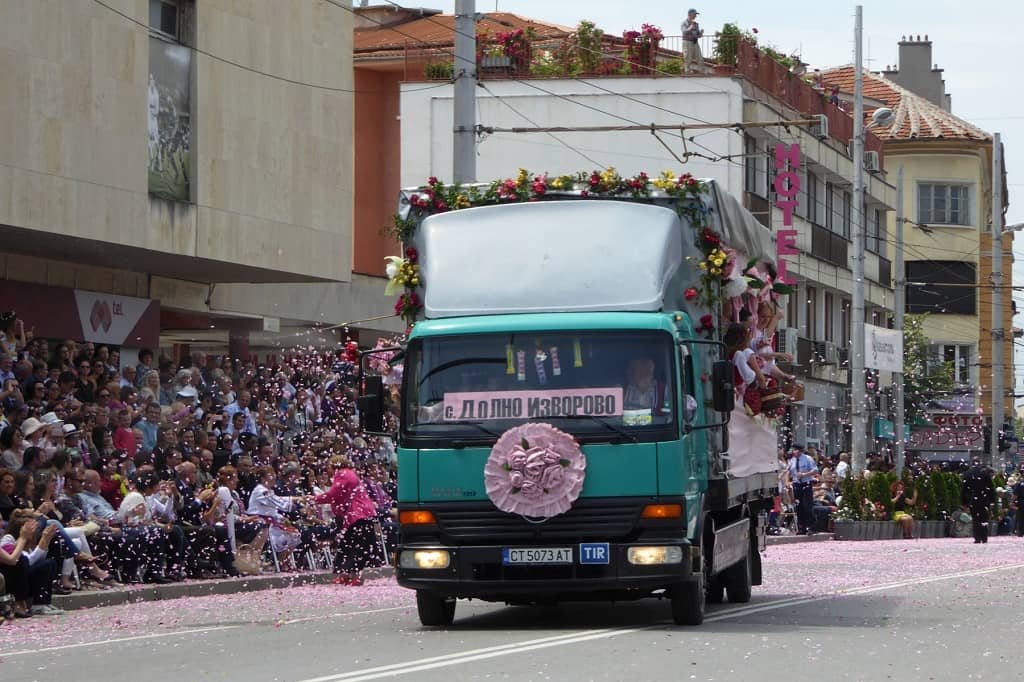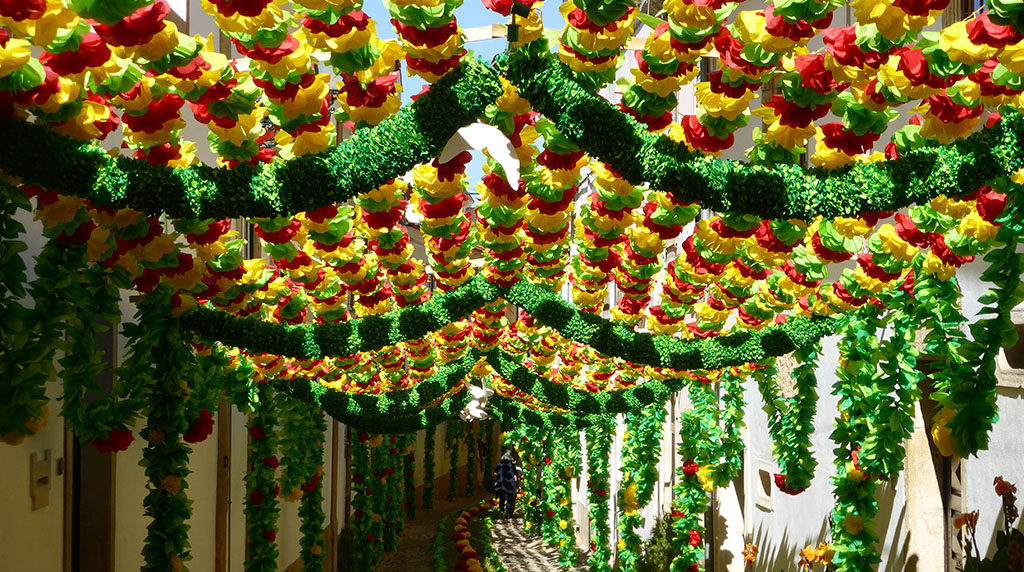Bulgaria is called Country of roses and its fragrant heart is the town of Kazanlak. There are several versions of how this beautiful flower got into the country.
According to the first, it was brought by the soldiers of Alexander the Great, returning from Kashan in Persia through Syrian Damascus. The local climate suited it better than the original conditions, the roses contained high percentage of oil, but less paraffin (a component that solidifies when the oil is left in cooler temperature), and so it was of better quality.
According to another version, the Rosa damascena was born in Damascus, Syria; and it was brought to Bulgaria by the Turkish merchants in the 17th century, when Bulgaria was part of the Ottoman Empire. In Turkish, the distillation cauldron is called "kazan" and Kazanlak means ,,a place with many cauldrons”.
Bulgarian scientists assume that the cultivation of the queen of the flowers in the region began around 1420; according to them a Turkish judge brought it from his famous gardens in Tunisia.
But I like more the legend I read at the unique local Museum of Roses: Once upon a time, 400 years ago, a wealthy merchant lived in Damascus. There was such a beautiful bush blooming in his courtyard that his daughter every morning woke the buds with kisses and whispered them about her girlish desires. One day a young man with eyes blue like mountain lakes came with her father's caravan, and the girl understood he was the man of her dreams. The merchant rewarded him richly for merchandise, but he received the most precious reward from his daughter. Early in the morning before departure, she came to him and, crying, she handed him a branch with a rosebud. She pressed her lips against the opening flower and said, “I can't go with you, but I am giving you my love with this kiss. It will bloom every spring as a reminder of the two of us. Goodbye. "
The young man hid the branch on his heart and planted it in his home, in Kazanlak. Here the rose, shielded by the hills and drinking crystal clear water, bloomed beautifully every year and gradually spread throughout the valley and gave it its name.

